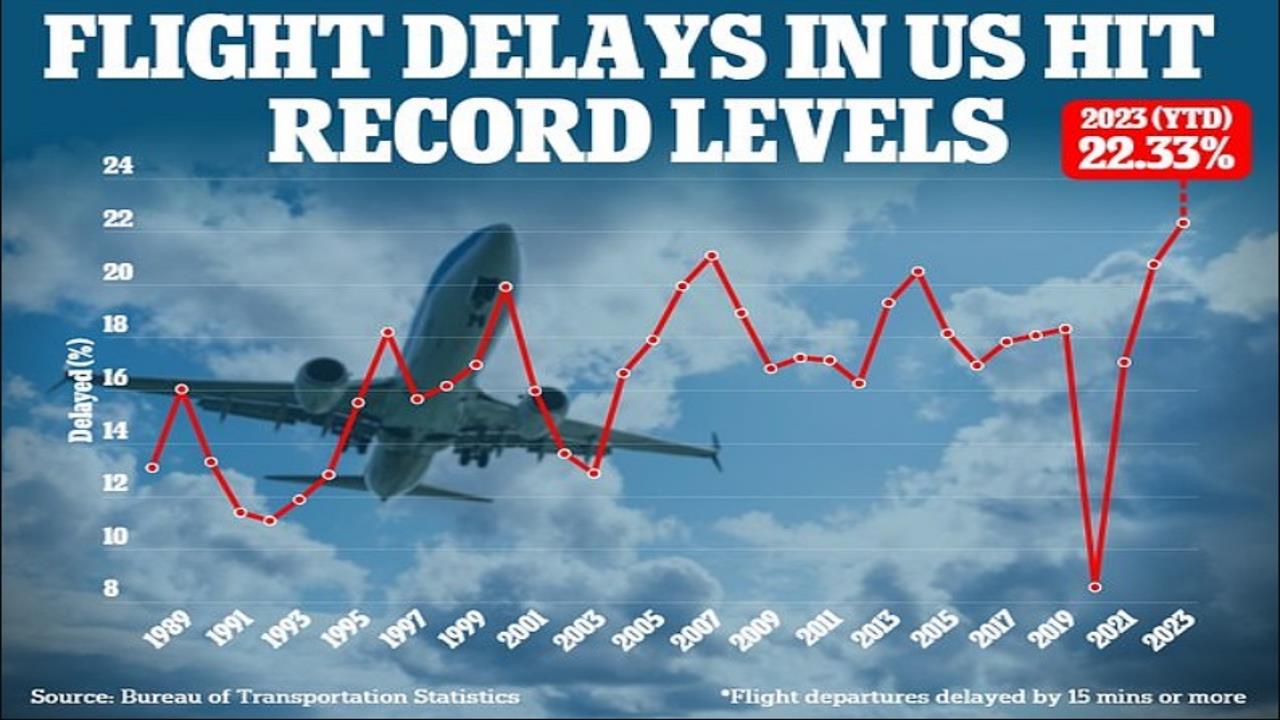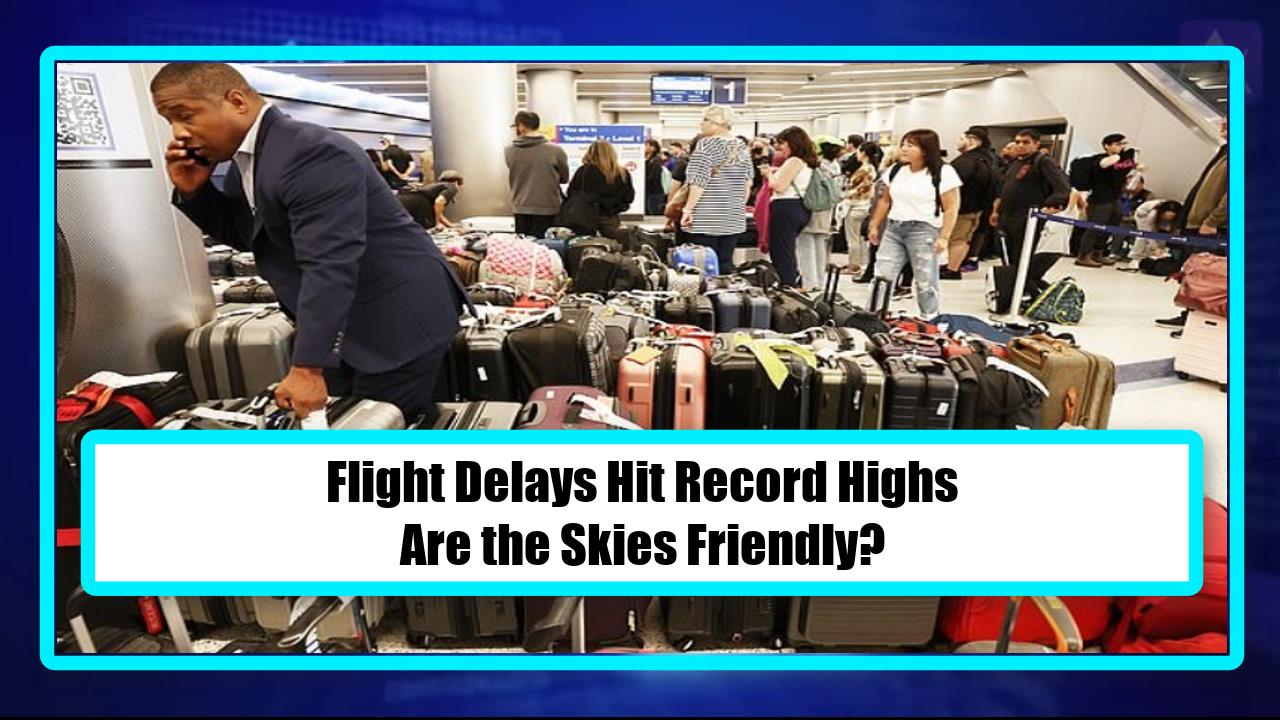Video:
Take our online poll:
AI Analysis:
Several factors contribute to the perception that airline travel has become more uncomfortable over recent years. While individual experiences may vary, some common reasons include:
(1) Reduced Seat Pitch and Legroom: - Airlines have often reduced the space between seats (known as seat pitch) to accommodate more passengers and increase revenue. This reduction in legroom can contribute to a more cramped and uncomfortable experience.
(2) Shrinking Seat Width: - Some airlines have decreased seat width to fit more seats in each row. Narrower seats can lead to discomfort, especially on longer flights.
(3) Additional Seats and Rows: - To maximize profits, airlines have added more seats to aircraft and increased the number of rows. While this increases passenger capacity, it can result in a more crowded and less comfortable cabin.
(4) Ancillary Fees:
Airlines have increasingly adopted a model of charging fees for various services, such as checked baggage, seat selection, and in-flight amenities. This can make the overall cost of travel higher and lead passengers to opt for basic services, contributing to a less comfortable experience. (5) Smaller Lavatories: - Some airlines have reduced the size of lavatories to create more space for additional seats. Smaller restrooms can be less comfortable for passengers.
(6) Overbooked Flights: - Airlines often overbook flights to compensate for expected no-shows. While this helps maximize revenue, it can result in crowded cabins and a stressful experience for passengers, especially when flight disruptions occur.
(7) Reduction in In-Flight Services: - Some airlines have cut back on complimentary services such as meals and snacks, leading passengers to bring their own food or purchase items on board.
(8) Aging Aircraft: - As aircraft age, they may experience wear and tear that can impact the overall condition and comfort level. Older planes may have outdated interiors and amenities.
(9) Security Measures: - Increased security measures, while essential for safety, can contribute to longer wait times and more stringent screening processes, adding to the overall stress of air travel.
(10) Cabin Layouts: - The layout of cabins, particularly in economy class, has evolved to pack more passengers into the available space. This can result in a less spacious and more uncomfortable seating arrangement.
(11) Limited Competition: - In some markets, a lack of strong competition among airlines may reduce the incentive for carriers to prioritize passenger comfort, especially when cost-cutting measures can lead to higher profits.
It's essential to note that not all airlines follow these trends, and some carriers prioritize passenger comfort and experience. Travelers can mitigate some of these challenges by carefully selecting airlines, considering premium cabin options, and being mindful of their choices in terms of services and fees.
Chart:

References:


Comments